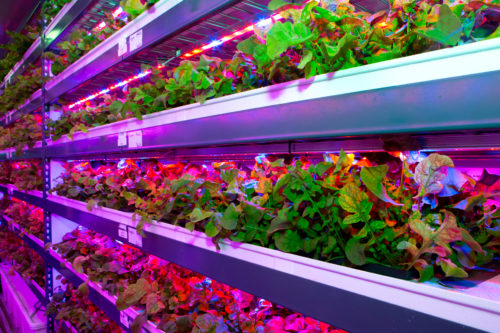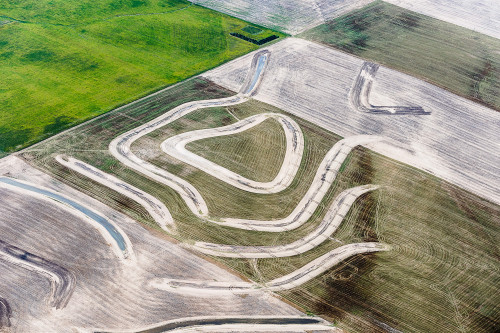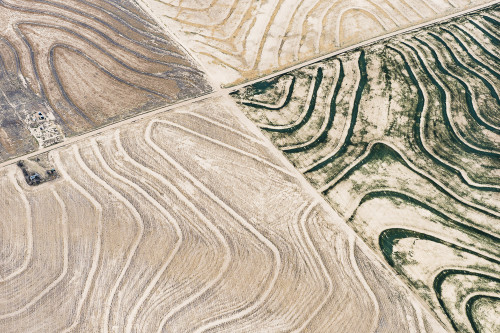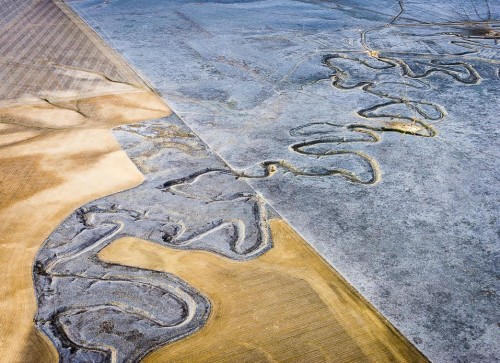Airlines growing their own food? It’s a thing. Korean Air recently invited me to visit the company’s ranch in South Korea where they farm livestock, chicken, veggies, fruit and bottle their own water to serve to passengers.
Other airlines have farming projects underway as well.
I have story – with lots of photos- from my farm visit on USA TODAY’s Today in the Sky. Here are some highlights of the story.
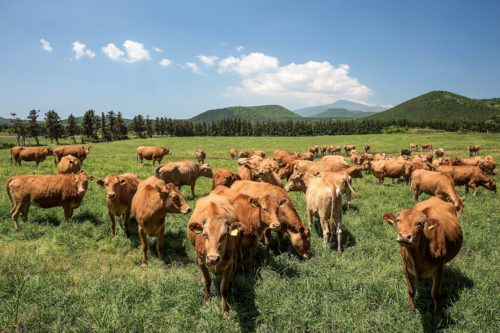
Back in 1972, when beef was in short supply in South Korea, the then chairman of Korea Air’s parent group bought a 3,700 acre ranch on South Korea’s Jeju Island.
Imported Angus cattle got things started, but now the herd is about 2,200 Korean native cattle known as Hanwoo.
Meat from these animals, and from the farm’s flock of approximately 6000 free-range chickens, is sent to Korean Air’s flight catering kitchens in Seoul for use in meals served to first and business-class passengers.
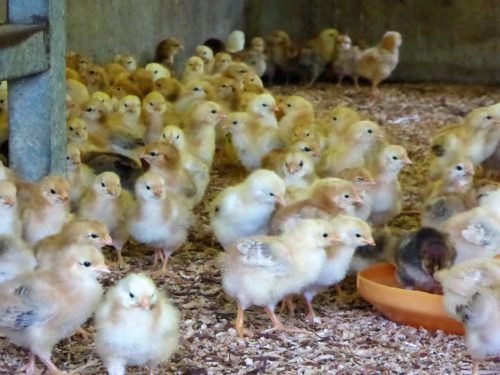
In addition to raising cows and chickens, the ranch also produces fruit, vegetables – and bottled water – for Korean Air passengers.
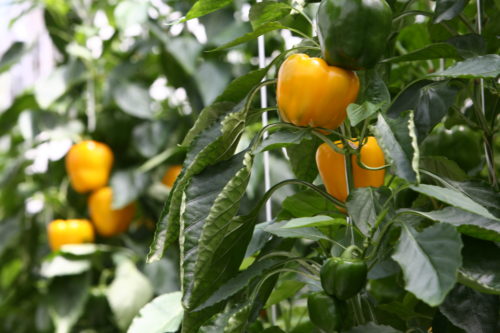
The water bottling plant at the ranch has been operating for 35 years and there they make and fill cups and bottles of the airline’s branded ‘Hanjin Jeju Pure Water.’ The water is pumped from 1,070 feet underground and filtered through layers of the island’s volcanic rock.
Other airlines explore agriculture
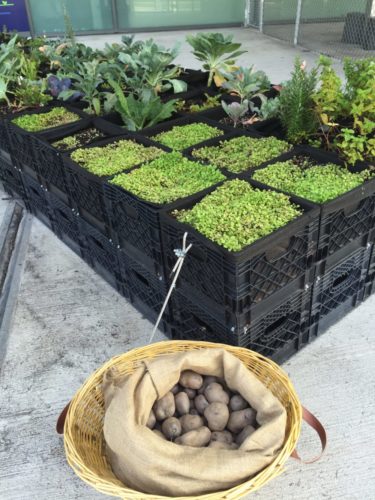
In 2015 JetBlue debuted a large milk-crate garden outside Terminal 5 at New York’s John F Kennedy International Airport. Potatoes, vegetables and herbs grown there are donated to local food banks.
Japan Air Lines is creating a ‘you-pick’ agritourism attraction on land near Tokyo’s Narita International Airport that is scheduled to open in 2020. The carrier hopes to add food grown on that farm to in-flight and lounge menus.
And Emirates is having the world’s largest vertical farming facility built near the Dubai airport. At full production, the daily harvest from the the 130,000-square foot facility should be about three tons of pesticide-free leafy greens that will be used in many of the meals Emirates Flight Catering prepares for 105 airlines and 25 airport lounges.
